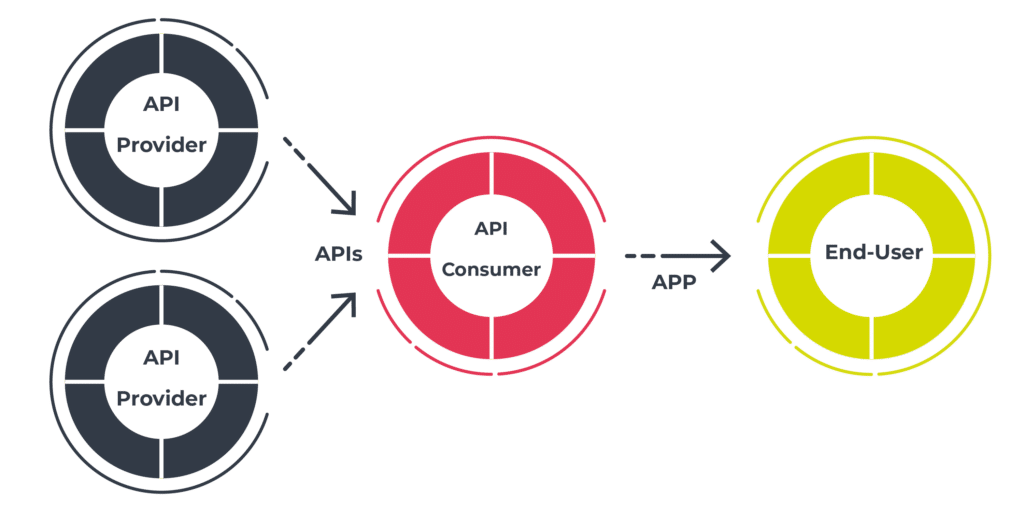
Updated on by Hayley Brown
Applications are somewhat of a double edged sword. They are designed to help boost our productivity but can command too much of our attention. This is due to the communications they send and of the constant switching between in a working day.
That’s why integrating systems can help boost and maximise your organisation’s productivity.
What is system integration?
System integration is the process of joining software into a single infrastructure. As a result data spread across numerous platforms can be fed into each other. Then taken from these disparate systems into one platform. There it will provide a single unified view of all the data across the organisation. This helps with business intelligence and making informed future decisions.
What are the common types of integration?
Legacy System Integration
- Legacy systems are common among older Enterprise organisations. Within these organisations the legacy software typically performs core business functions. Therefore it would be costly and complicated to remove or change systems due to the volume of data within. Therefore integrations can help update and modernise the system rather than completely replace it. The modernised legacy system can then communicate data with other new systems. As a result of modernising a legacy system the organisation is moving forward in its digital transformation process.

Source Tremend
Enterprise Application Integration (EAI)
- EAI is useful when a growing enterprise uses several different applications. These tend to accumulate huge amounts of data separately. Using enterprise application integration would unify the different subsystems into one environment. As a result it automates real-time data exchange between these different applications.
Third-Party System Integration
- Using a third-party integration enables an organisation to add new functionality to an existing application. There could be several reasons as to why an organisation would do this, but mainly because of a lack of resources. Resources such as time and money to develop new features from scratch.

Business-to-Business Integration
- Finally, B2B integration helps to connect systems of multiple organisations to automate transactions and exchanges. For instance, connecting a purchasing system to a supplier and distribution ERP.
How can these common types of integration boost productivity?
The above mentioned types of integration boost productivity because they remove disruptive workflows. For instance, the constant switching between applications is eliminated due to the integration moving the data from disparate systems into one. This helps to reduce app fatigue and unifies communication across teams.
Other benefits from system integration is the accuracy of data. It is more trustworthy as the risk of human error in data entry has been eliminated. As a result of faster, and automated data input business leaders can make quicker decisions. These decisions are based on the whole data picture from one platform. Helping to provide the organisation with a cost-effective solution.
Ultimately the main objective of integration is to automate processes. These help to put the fragmented and divided data into one uniform place. Therefore integrating is the best way to boost productivity and efficiency while minimising disturbance caused by multiple data sources.

